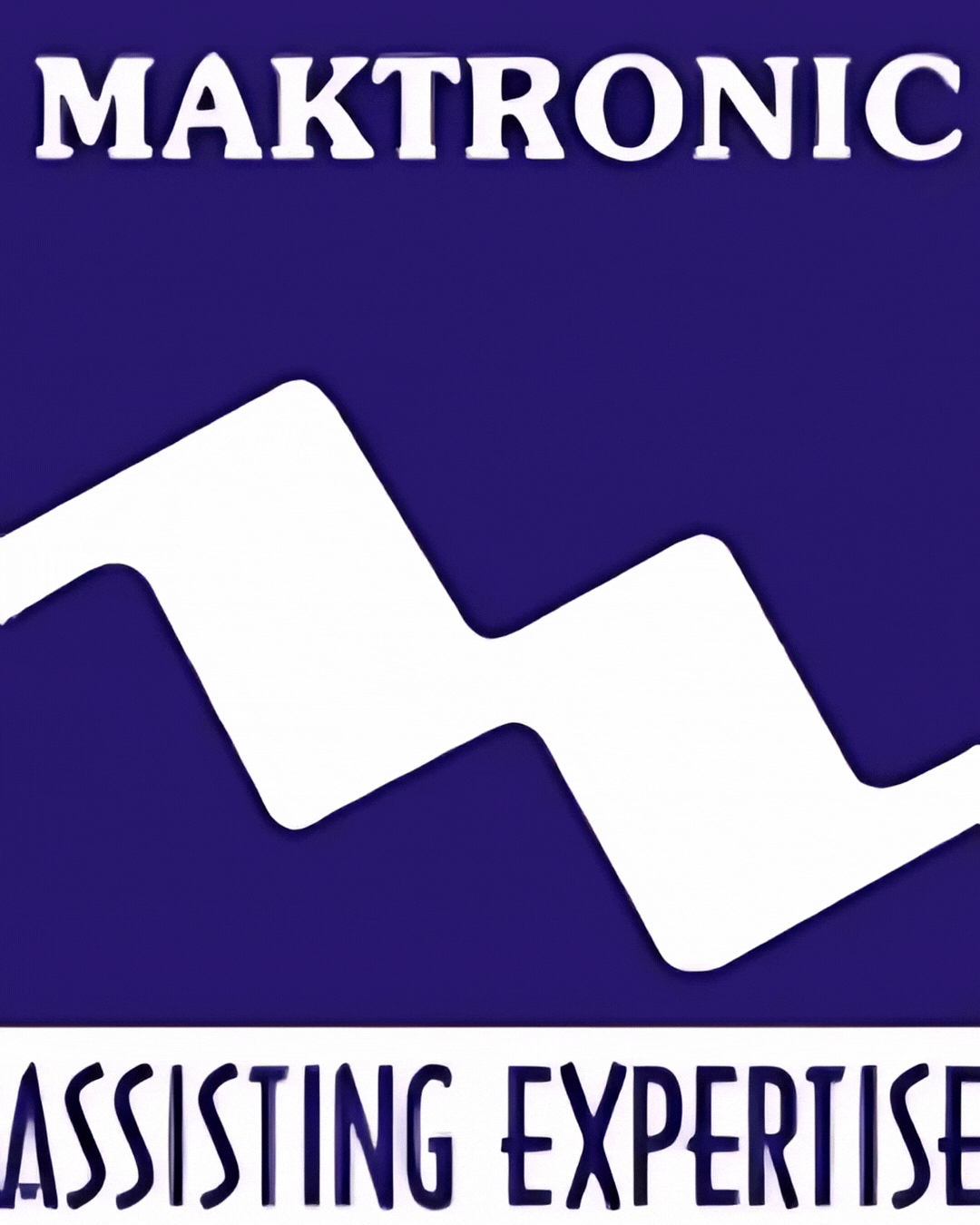CAUTERY
Description
Cautery in Plastic Surgery – Detailed Specifications
Cautery devices in plastic surgery come with specific technical and operational features designed for precision, safety and efficiency. Below are key specifications categorized by type and function.
1. Electrocautery Specifications
Electrocautery devices are widely used in plastic surgery for cutting and coagulation.
Key Features:
- Power Output: Adjustable, typically ranging from 10W to 400W depending upon the surgical requirement.
- Frequency Range: Operates at 300 kHz to 3.3 MHz for controlled energy delivery.
- Modes:
- Cut Mode: Focused energy for precise tissue dissection.
- Coagulation Mode: Lower energy for sealing blood vessels.
- Blend Mode: Combination of cutting and coagulation for optimal results.
- Monopolar Output: Requires a grounding pad; suitable for deeper tissue work.
- Bipolar Output: No grounding pad required; ideal for delicate surgeries like facial procedures.
- Electrode Types: Needle tips, ball tips and loop electrodes for various surgical needs.
Safety Features:
- Isolated Output: Reduces the risk of unintended burns.
- Patient Return Electrode Monitoring (PREM): Ensures proper grounding pad contact to prevent injury.
- Audible Alerts: Sound signals indicate power changes or grounding issues.
2. Chemical Cautery Specifications
Chemical cautery agents are used for controlled tissue destruction in minor procedures.
Common Agents:
- Silver Nitrate (75% - 95%) – For small lesion removal and wart treatment.
- Trichloroacetic Acid (TCA, 30% - 100%) – Effective for skin resurfacing and keloid treatment.
- Phenol (80% - 100%) – Used for deep chemical peels and nail matrix ablation.
Application Tools:
- Cotton applicators
- Wooden spatulas
- Specialized chemical sticks
3. Thermal Cautery Specifications
Thermal cautery devices use a heated metal tip for precise tissue burning.
Key Features:
- Temperature Control: Typically adjustable from 100°C to 1200°C.
- Tip Variations: Fine tips for delicate surgeries and broad tips for larger tissue areas.
- Heating Speed: Rapid heating within 2-5 seconds for efficiency.
4. General Specifications for Cautery Devices
- Power Supply: 110V/220V AC with adaptable settings for different environments.
- Foot Pedal Control: For hands-free operation and improved precision.
- Display Interface: Digital screens for easy monitoring of power settings and modes.
- Portability: Compact and lightweight designs (typically 3-6 kg) for enhanced mobility.
Recommended Features for Plastic Surgery Applications
- Fine Electrode Tips: Ensures precision in delicate areas such as eyelids or lips.
- Low Thermal Spread Technology: Minimizes heat damage to surrounding tissue.
- Programmable Settings: Memory functions to store preferred power levels for specific procedures.
Conclusion
Choosing the appropriate cautery device in plastic surgery depends on the procedure type, tissue sensitivity and precision requirements. Devices with adjustable power settings, multiple modes and enhanced safety features ensure optimal performance and improved surgical outcomes.


